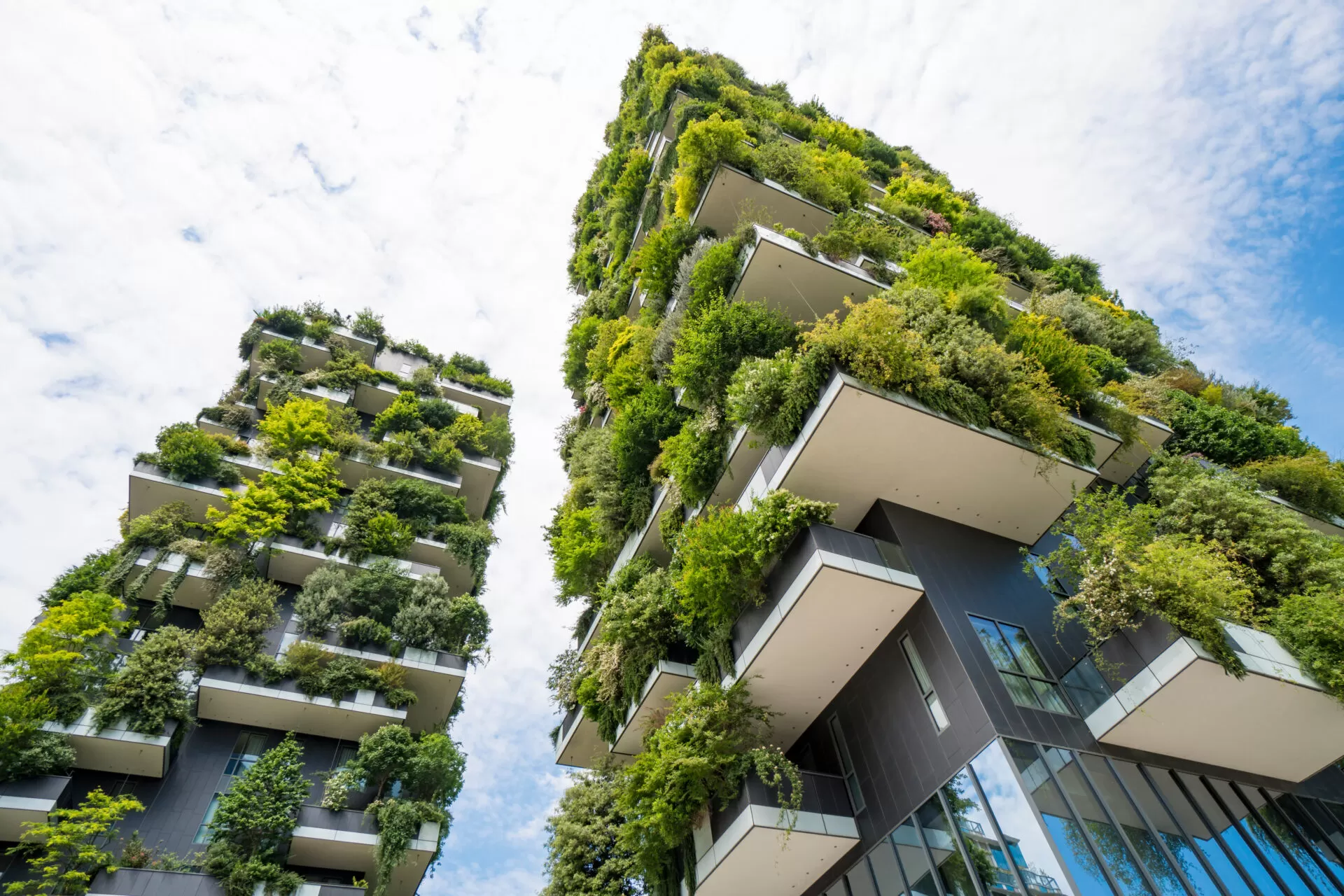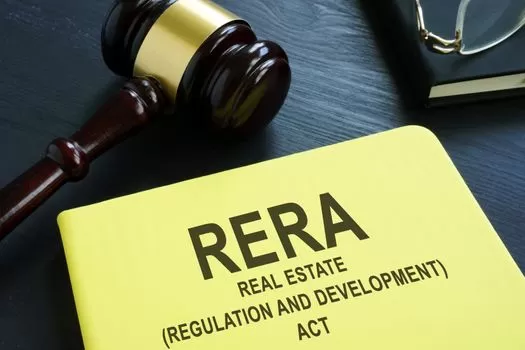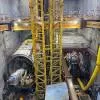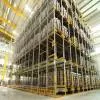The times are changing for the construction industry. Once associated with high carbon emissions, energy consumption, and waste, they are now waking up to the environmental cost of traditional practices. Companies are now looking to be a part of the solution instead of the problem. Using recycled materials in building projects is one of the most accessible yet significant changes. This one change has the potential to lower project costs, energy consumption, and landfill usage.
Giving Old Materials a New Purpose
Recycled building materials aren’t just scraps from old sites. These materials come from structures that have been dismantled or demolished and can include everything from timber, steel, and concrete to doors, tiles, and windows. Recycled materials can also be newly manufactured from industrial waste. Concrete made from steel mill dust or bricks pressed from shredded plastic are just a few examples.
Aggregate is among the most widely used recycled materials in construction. Old asphalt, stone, and concrete are crushed and reprocessed into a new, usable form to create this. It is frequently utilized as a base for new construction, in drainage systems, and road foundations. Then there is topsoil, which is frequently dug up and thrown away early on in a project. This soil is enriched and screened for use in landscaping rather than being thrown away. It can support biodiversity and plant life around new construction.
Closing the gap between construction and sustainability is facilitated by using what is already available, whether it be processed materials or structural elements. It's a sensible strategy for cutting waste and protecting the environment.
What Makes a Property Truly Sustainable
In today's real estate market, sustainability encompasses more than just energy conservation. The design of eco-friendly buildings takes a long-term, comprehensive approach which takes into account every aspect, from energy consumption to building materials.
These structures frequently have smart HVAC systems, solar panels, energy-efficient lighting, and improved insulation, all of which drastically lower overall power usage. Greywater recycling, rainwater harvesting systems, and water-saving fixtures are also becoming more widespread, all of which contribute to the preservation of one of our most valuable resources.
The Environmental Case for Recycling in Construction
The environmental footprint of construction is massive. Extracting raw materials depletes the earth’s resources and leaves behind scars in the form of mines, deforestation, and pollution. Then, there’s the carbon released during manufacturing and transportation—not to mention the waste that piles up in landfills after demolition. Recycled materials help reduce this damage by making use of what’s already been extracted and processed.
Moreover, recycled materials often require less processing than virgin materials, as they come with a smaller carbon footprint. This means lower emissions and a cleaner construction process from start to finish. Another major benefit is cost savings. These materials are often cheaper than brand-new ones, especially when sourced locally. For budget-conscious developers and smaller projects, this can be a crucial advantage.
How Green Building Is Changing the Market
Sustainability has moved beyond trend status. It’s now a marker of quality, forward-thinking, and value. There was a time when sustainable features were seen as luxury add-ons. Today, green credentials are becoming a major selling point and sometimes even a requirement. Buyers and tenants are slowly paying attention to this shift. People want to live and work in spaces that align with their values and reduce their environmental impact.
This shift in consumer demand is reshaping the real estate market. Properties with eco-friendly features such as energy-efficient systems, sustainable materials, and healthy indoor air quality are not only in higher demand but often command higher prices. They sell faster and attract long-term tenants, which makes them an attractive prospect for both developers and investors.
The Investor Advantage in Sustainable Real Estate
From a financial standpoint, green buildings are proving to be smart investments. They generally have lower operating costs due to energy and water savings. They are more resilient to changes in environmental regulations. As demand continues to grow, their market value tends to rise.
Investors are also benefiting from government-backed incentives such as tax breaks or grants for eco-friendly construction. These incentives can improve margins while helping investors stay ahead of future policy shifts around carbon emissions and environmental standards. Recycled materials play an essential role in this equation. They reduce upfront costs and support sustainable construction practices that appeal to increasingly conscious buyers. When used strategically, they can boost profitability while also supporting long-term environmental goals.
Meanwhile, there is a reputational benefit, too. Companies and developers who invest in green buildings earn goodwill from the public, communities, and potential partners. It’s a powerful way to stand out in a competitive market.
A New Standard for Responsible Construction
The growing use of recycled materials reflects a bigger shift in how we think about buildings and the built environment. No longer is construction just about putting up walls—it’s about creating spaces that support people, preserve resources, and leave a lighter mark on the planet.
Sustainable building is a reality today, not just a pipe dream. A major factor in its effectiveness, affordability, and accessibility is the use of recycled materials. Whether you are a contractor, developer, architect, or investor, using recycled materials improves both your business and the environment.
In a world where every choice counts, using recycled materials is one of the simplest ways to build better- better for people, business, and the planet. The future of real estate is green, and it’s being built with yesterday’s bricks.
The article is authored by Amrita Gupta, Director of Manglam Group


















